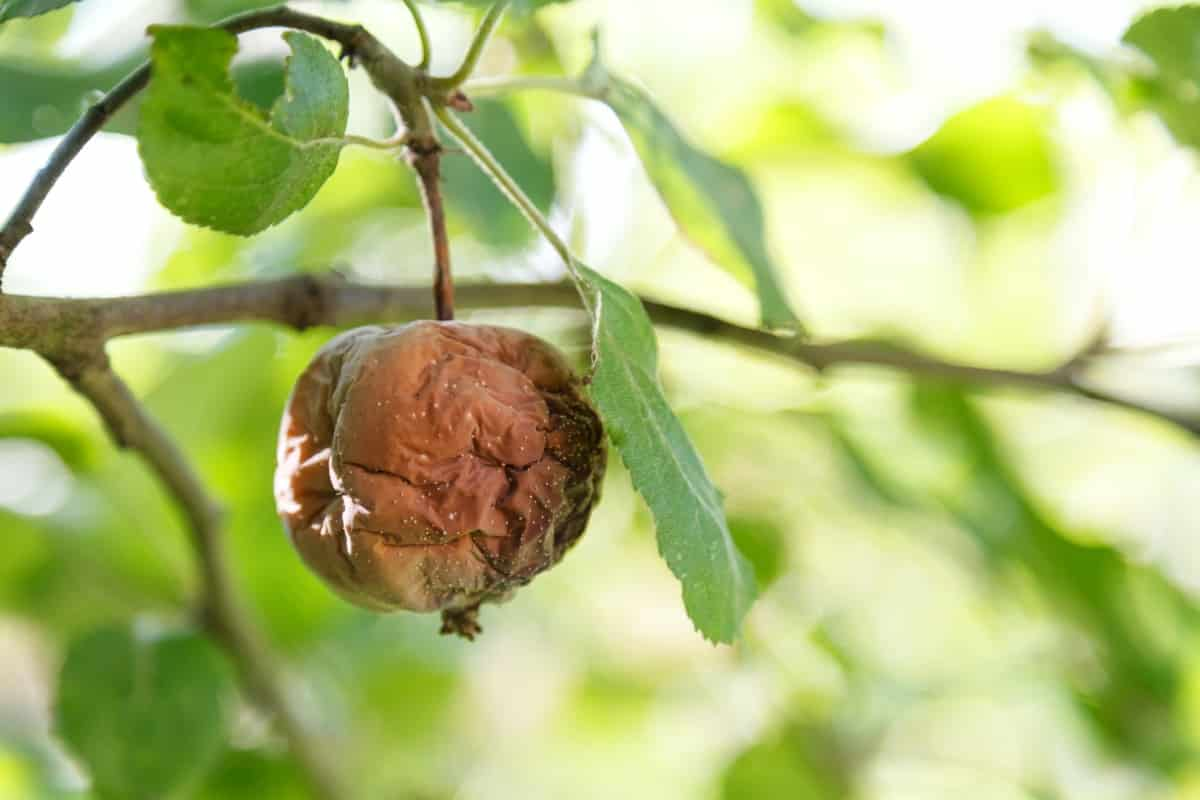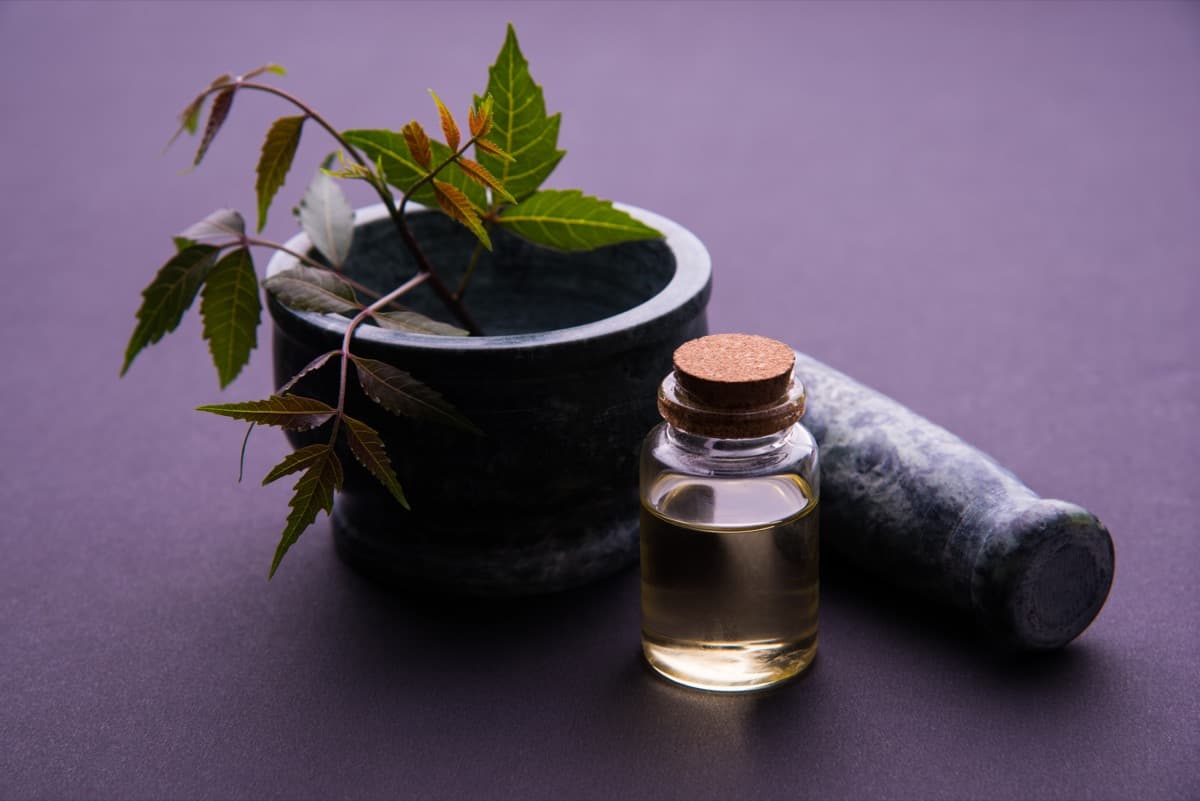Welcome to our blog, where we delve into fruit tree care and tackle the pesky problem of fungal diseases. Don’t let these stubborn intruders ruin the bounty of your orchard! This article will unveil ten effective home remedies that will have your fruit trees flourishing in no time. We’ve covered you, from concoctions using common household ingredients to innovative DIY preparations. Prepare to roll up your sleeves and embark on a natural healing journey for your beloved fruit trees.

10 Home Remedies for Fungal Diseases in Fruit Trees
Spraying with Organic Fungicides
Spraying fruit trees with organic fungicides is an effective method to combat fungal diseases. Studies have shown that organic fungicides can reduce fungal infection rates by up to 70%. These natural alternatives are derived from plant extracts, such as neem oil, garlic, and baking soda, making them safe for the environment and human health.
When used properly, organic fungicides create a protective barrier on the tree’s surface, inhibiting fungal growth and preventing the spread of diseases like powdery mildew and apple scab. It is recommended to apply organic fungicides during periods of low humidity and early morning or late afternoon to avoid leaf burn.
Effective 10 Home Remedies DIY Methods for Controlling Fruit Tree Diseases
- Baking Soda Solution: Mixing baking soda with water and a few drops of dish soap creates a powerful solution that helps prevent fungal infections and can be used as a foliar spray.
- Garlic Spray: Crushing garlic cloves and combining them with water results in a natural fungicide that controls different fungal diseases.
- Milk Spray: Diluted milk, sprayed onto the foliage, forms a protective coating that inhibits the growth of fungal spores and boosts the tree’s immune system.
- Copper Solution: A mixture of copper sulfate and water effectively controls bacterial and fungal diseases. However, it should be used cautiously as excessive application can lead to copper toxicity in the soil.
- Vinegar Spray: A solution of vinegar and water helps to control diseases like black spots and can be sprayed directly onto the diseased areas.
- Citrus Oil Extract: Extracts from citrus fruits, such as oranges and lemons, contain natural antifungal properties. Diluting the extract with water and applying it to the tree can effectively combat diseases.
- Compost Tea: A nutrient-rich compost tea made by steeping compost in water, it boosts beneficial microorganisms that enhance the tree’s disease resistance.
- Pruning and Sanitizing: Regular pruning of infected branches and disinfecting pruning tools between cuts help prevent the spread of diseases.
- Proper Tree Care: Maintaining overall tree health through proper watering, adequate sunlight, and balanced nutrition ensures the tree’s natural defenses are strong, reducing disease susceptibility.
- Neem Oil Spray: Neem oil, derived from the neem tree, acts as a potent antifungal agent, effectively combatting diseases like apple scabs and powdery mildew.
In case you missed it: 12 Perennials You Should Never Plant Next to Each Other

What Are the Common Fungal Diseases for Fruit Trees?
- Black Rot: This disease is caused by fungal spores that survive in infected bark and mummified fruits. To control it, prune and dispose of all dead and diseased wood. Gather and properly dispose of spotted leaves that fall from the tree.
- Peach Scab: Peach scab is a fungal infection characterized by dark, raised spots on the fruit’s skin. Apply a fungicide or early in the growing season and remove infected fruit and tissue from the tree.
- Apple Scab: Apple scab affects fruit trees, including apples, pears, and cherries. It causes blackened and distorted leaves and fruit. To prevent it, maintain good hygiene practices, such as pruning infected leaves and improving air circulation around the tree.
- Black Knot: This fungal disease forms black, swollen knots on the branches of plum, cherry, and apricot trees. Remove and destroy infected branches as soon as they are discovered.
- Cherry and Plum Leaf Spot: Leaf spot is a fungal disease that causes small, black spots on the leaves, yellowing, premature leaf drop, and fruit rot. Remove infected leaves and ensure proper ventilation for quick drying.
- Crown Root Rot: Crown root rot is a severe disease caused by a soil-borne fungus that rapidly kills tree roots. Plant trees in well-drained soil, prevent soil compaction around roots and use mulch for drainage.
- Phytophthora Root Rot: This disease attacks fruit tree roots, causing yellowing leaves, stunted growth, and dieback. Plant trees in well-drained soil and avoid overhead watering.
- Flyspeck: Flyspeck fungus causes small black spots on the fruit’s surface. Remove and destroy affected fruit, use fungicides, and maintain good garden hygiene.
- Sooty Blotch: Sooty blotch is a fungal disease that produces dark brown or black spots on the fruit’s surface. Use fungicides and maintain good garden hygiene.
- Cedar Apple Rust: This disease causes orange spots on apples and can kill the tree if left untreated. Remove infected leaves from the ground, prune infected branches, and apply fungicides.
- Brown Rot: Brown rot affects apple, pear, and peach trees, causing fruit to turn brown and rot. Remove affected fruit, leaves, and twigs, and apply fungicides.
- Peach Leaf Curl: This fungal disease deforms, curls leaves, and can damage fruit trees. Plant resistant varieties, remove diseased leaves and use fungicides if necessary.
Home Remedies for Fruit Trees to Control Fungal Diseases
- Spraying with Organic Fungicides: Organic fungicides like copper sulfate, neem oil, and sulfur prevent fungal spores from infecting fruit trees.
- Pros: Safe for humans and the environment, effective against various fungal diseases, and not harming beneficial insects or organisms.
- Cons: It may have a shorter shelf life than synthetic products and require more frequent application.
- Pruning and Sanitation: Pruning and sanitation involve removing infected or dead branches, leaves, and fruit and cleaning up debris and fallen fruit from the ground.
- Pros: Effective against a wide range of diseases, improves tree health and appearance, and does not require chemical products.
- Cons: Time-consuming and labor-intensive, and may only be effective against some diseases.
- Using Biological Controls: Biological controls use beneficial microorganisms or insects to combat disease-causing organisms.
- Pros: Safe for humans and the environment, effective against specific diseases and pests, and does not harm beneficial organisms.
- Cons: It may require more frequent application than chemical products and may not be effective against all diseases or pests.
In case you missed it: Benefits of Wood Ash for Your Garden Plants: How to Apply and When to Use Wood Ash as Fertilizer

Conclusion
Effective DIY home remedies for controlling fungal diseases in fruit trees. These include spraying with organic fungicides, practicing pruning and sanitation, and utilizing biological controls. Following these preparation steps, you can maintain healthy and disease-free fruit trees in your garden.
- Feed Your Flock for Less: Top 10 Tips to Save on Chicken Feed
- Ultimate Guide to Ossabaw Island Hog: Breeding, Raising, Diet, and Care
- Hatching Answers: The Top 10 Reasons Your Chickens Aren’t Laying Eggs
- Eggs and Economics: Breaking Down the Cost of Raising Backyard Chickens
- Defend Your Greens: Proven Methods to Keep Iguanas Out of Your Garden
- Ultimate Guide to Cinnamon Queen Chicken: A Comprehensive Guide for Beginners
- Ultimate Guide to California Tan Chicken: Breeding, Raising, Diet, Egg-Production and Care
- Ultimate Guide to Marsh Daisy Chicken: Breeding, Raising, Diet, and Care
- 10 Types of Chicken Farming Businesses You Can Start for Profits